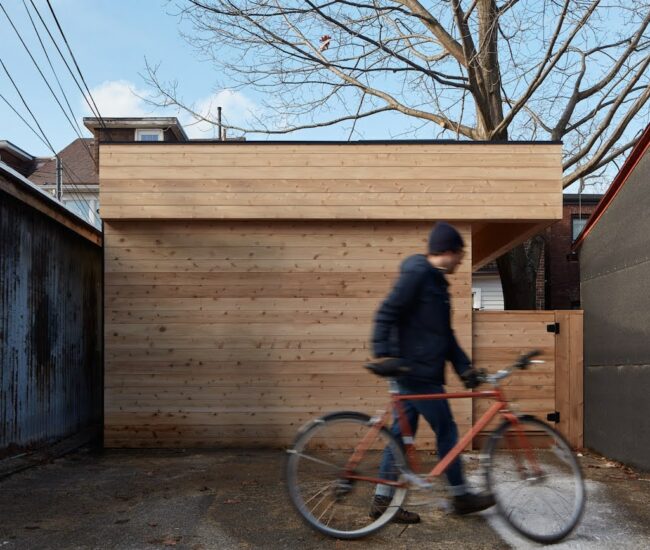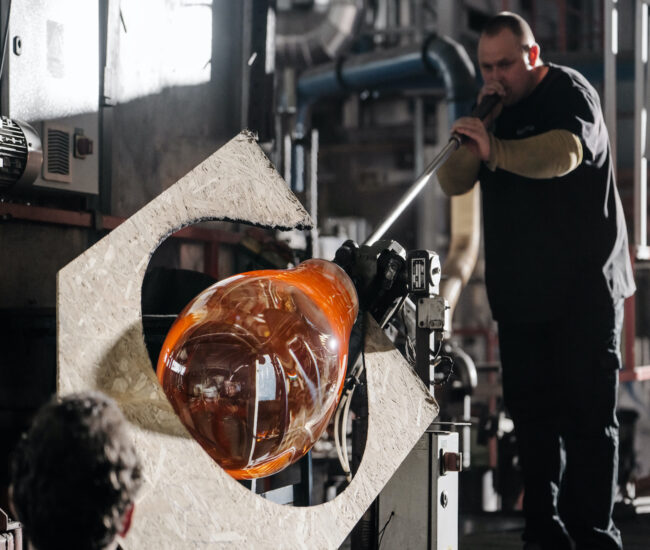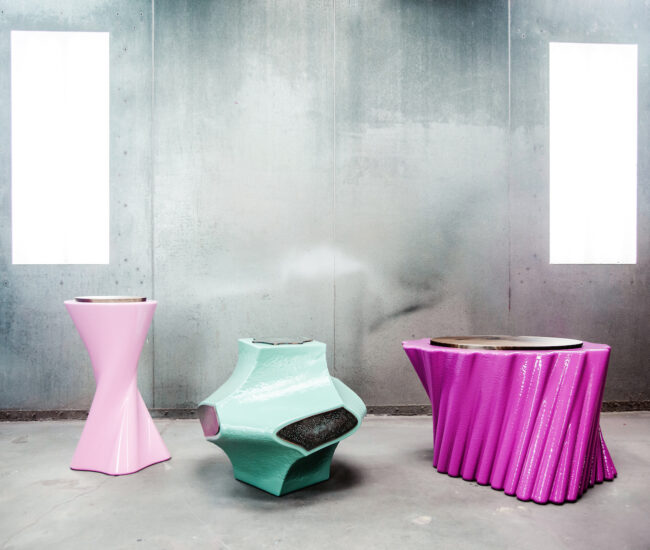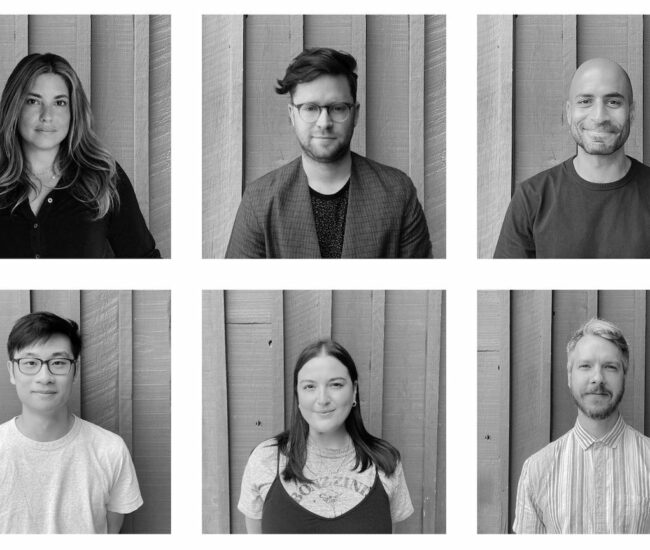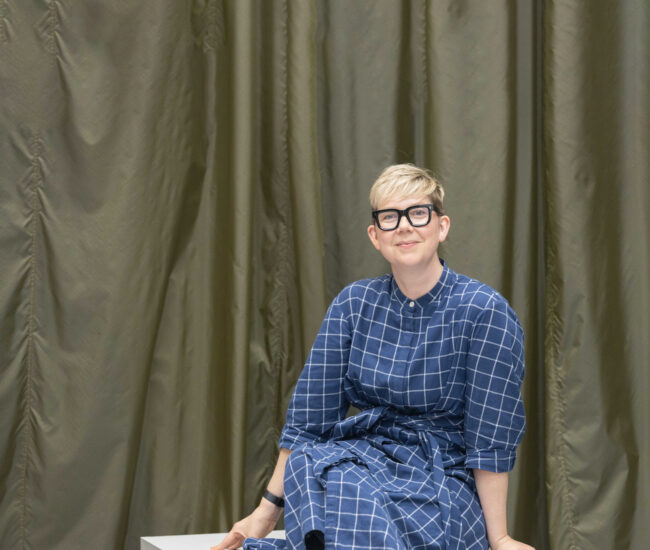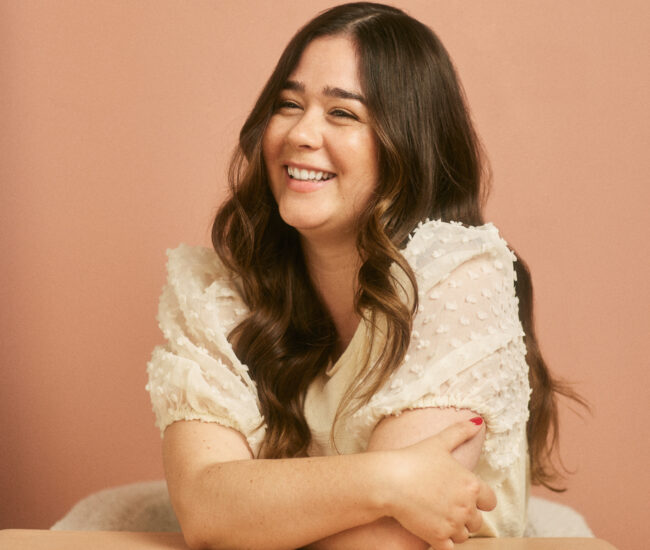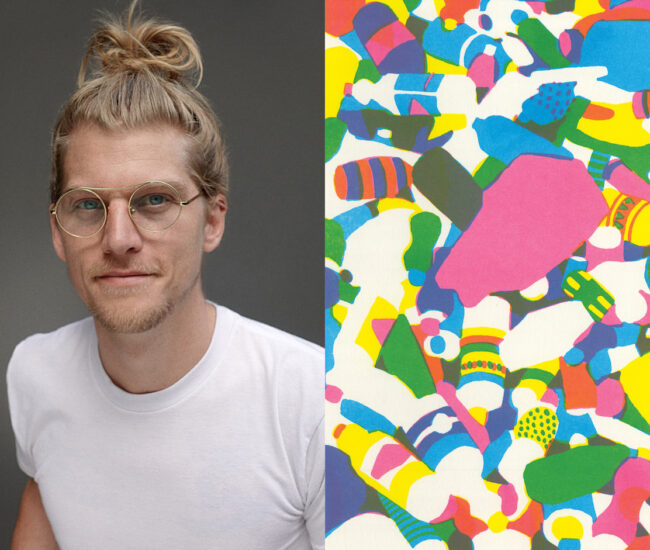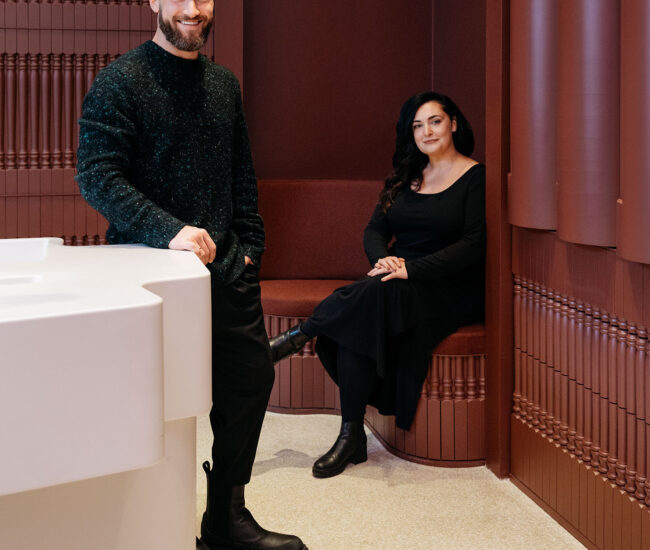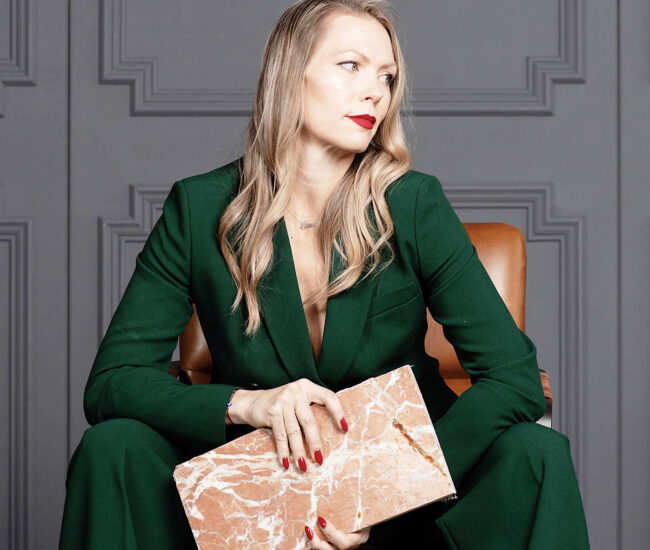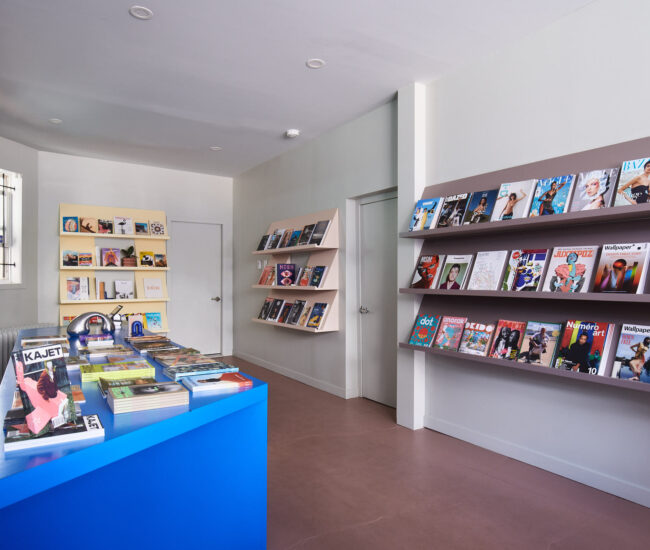Philip Sparks’ Tailor-Made Junction Workshop
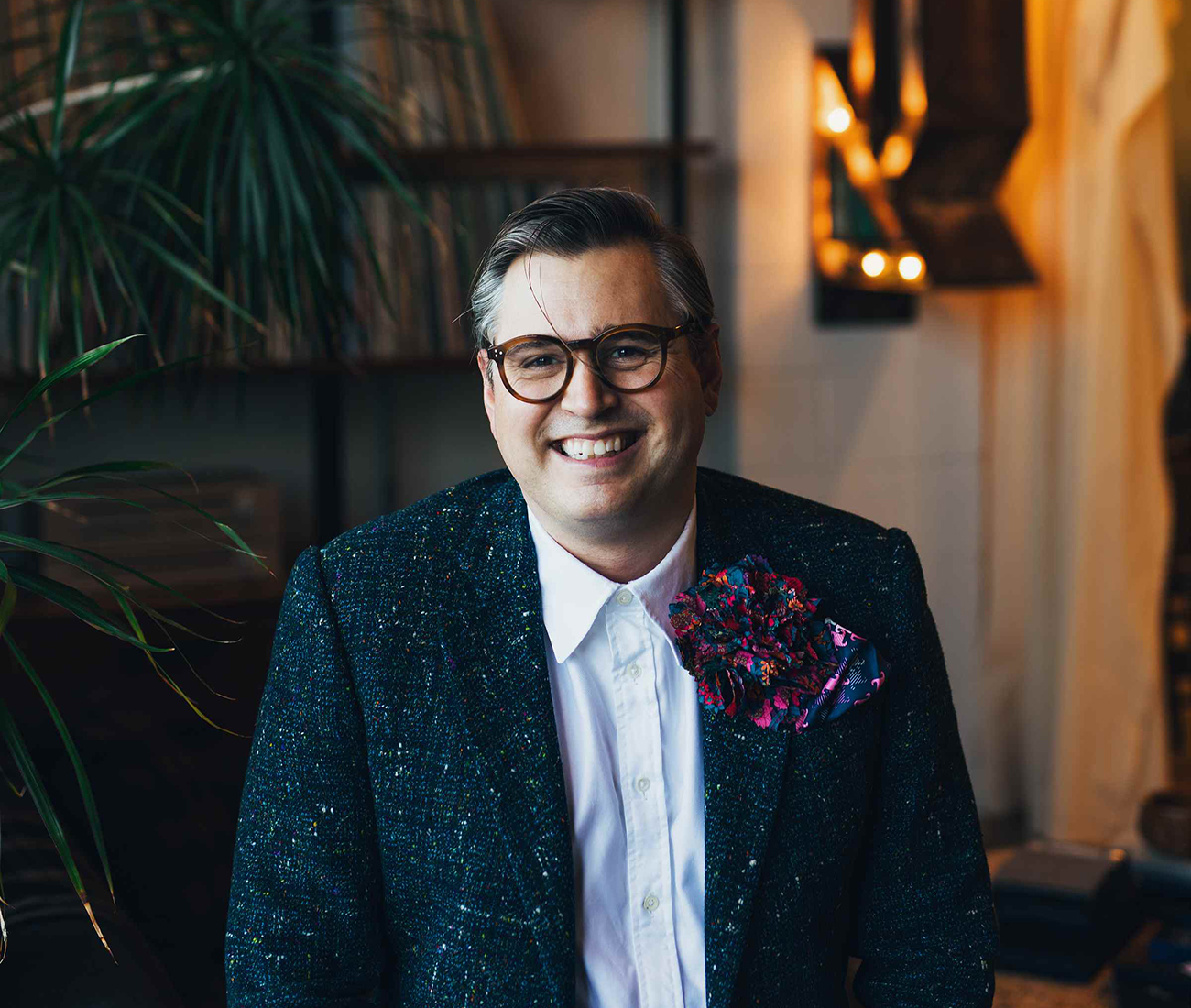
A peek behind the “seams” at Philip Spark’s Toronto tailoring studio
Philip Sparks, tailor extraordinaire, has been involved in creating clothing in some way for over two decades. After completing his Master of Design at OCAD University, as well as an Advanced Diploma in Fashion Arts from Seneca College, Sparks apprenticed in the wardrobe departments at the National Ballet of Canada and the Canadian Opera Company. Soon after, he launched his own label, and has since sold ready-to-wear collections at Holt Renfrew and Simons and collaborated on capsules with Town Shoes, Danier Leather and Hudson’s Bay. He has also produced costumes with various theatre festivals (Stratford Festival, Shaw Festival) as well as production companies in film and television.
Currently, he produces custom tailored garments from his studio in Toronto’s Junction neighbourhood. Driven by the philosophy that everyone’s experience of getting dressed is different, Sparks creates pieces for people of all genders and body types — from classic coats to over-the-top suits. And though he is always happy to offer advice and expertise, his aim is simple: for clients to leave feeling confident and comfortable in what they are wearing. Let’s learn more about his work space and process.
This interview has been edited for length and clarity.

Designlines: How many people do you work with and what are their roles?
Philip Sparks: I am, for the most part, the Cutter. I meet with clients, take measurements, select fabrics, draft patterns and cut the cloth. Craig is my first hand, a Journeyman Tailor. He does most of the sewing. When things at the shop get busier, I take on other apprentices. Occasionally, my cat Sofia supervises and entertains clients.

Designlines: What part of town is your workplace located in, and how does it serve what you do?
Philip Sparks: Our studio is located between the Junction and the Stockyards area. My first priority when I was looking for this space nine years ago was having enough room for making, more sewing machines and cutting tables. We have large windows and glass doors that look out toward the railway tracks. The bright meeting area at the front of the studio is a great place to select fabrics, conduct fittings and settle in for detailed hand sewing work.
The little pocket we are in has changed a lot since we arrived. There is a brewery, a distillery and lots of coffee shops but also many industrial businesses that have been here for decades. It’s also just a few blocks from home, which makes for an easy commute.

Designlines: What kind of building or space is your workplace located in?
Philip Sparks: My workspace is on the main floor of an old bread factory. Square footage was my first priority: having a lot of room opens the door to new opportunities (and sewing machines). It is an industrial space that is very adaptable —we’ve created office nooks using walls made of shipping pallets and muslin curtains. My focus has been on the furniture, accessories and machines I have brought into the space and how it can be reoriented over time to suit our needs. It is really just a big white box that lets my collections of things, fabrics and tailoring paraphernalia stand out.

Designlines: If you kept using your workplace during the pandemic, how did your relationship with it change?
Philip Sparks: My relationship with the space changed substantially. Previously, I was in and out of the shop a lot, spending relatively little time at my desk. I had shared some of my studio space for eight years with a friend who had to leave during the first lockdown. Because I needed to spend more time at my desk for online appointments with clients, I decided to expand my office into that space. I focused on making my desk an efficient and enjoyable area to work, which I hadn’t really prioritized before the pandemic.
I also had to rethink the use of fitting and meeting areas, removing old furniture and adding some new shelving so that there is more room to move around someone during a fitting. On the shop floor, my sewing equipment has moved around so that we can maintain distance. Plants are important to me and the first lockdown gave me the time to repot a Monstera and huge Dracaena Marginata plant that is over 40 years old. I may soon lose the extra space I just created to the plants.

Designlines: Moving forward, are there further changes you would like to make to your workplace?
Philip Sparks: Someday, I would love to install floor-to-ceiling shelving around the perimeter of the shop to show materials. I would have a counter along its entire length with cupboards and drawers underneath for buttons and other supplies. I would love to have my antique tailoring books under glass. I’m not sure this dream is right for this space, though. Right now, I love where I work.

Designlines: Has the pandemic enabled your business to take advantage of any opportunities it otherwise would not have had?
Philip Sparks: We have been able to start some projects virtually, which opened us up to business from outside of Toronto. I have also worked on pieces for a new television project, which is still a busy industry right now.
Designlines: What materials and software applications are mainly used at your workspace?
Philip Sparks: We have a large fabric library, as well as substantial collections of buttons, linings and other materials. I make use of a software called PAD system for pattern making. Adobe Illustrator, Photoshop, InDesign and Premier Pro are in regular use. For entertainment, we have a large vinyl collection.

Designlines: What are some of the greatest works to come out of this space?
Philip Sparks: I think the best things to leave here are people with a new sense of self confidence. There are situations where someone is coming to terms with a new body or when people cry because they have never experienced clothing that fits.
It is exciting when people reach out to work with us on major milestones like weddings. During the pandemic, they might not know what form their day will take but they’ve decided they still want to invest in looking good for the day. I have a feeling that when restrictions are lifted, we will get very busy. At the end of the day, we offer an experience. When you finish that experience, you get to take home a piece of clothing that you’ll cherish and that reminds you of the time you spent here.

